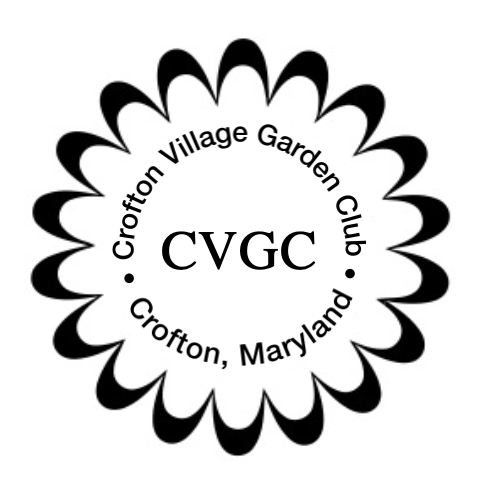|
Interim President Trish Demers along with Project Chair Lynne Malley and her committee gather to place the CVGC time capsule at its new location on the Village Green. Lynne Malley had the honor of placing the capsule into the vault and Littany Hollerbach and daughters take a peek before the vault is sealed. Dr. Sroka and Dr. Davies prepare the mortar and are ready to seal the vault. CVGC expresses much gratitude to Dr. Sroka and Dr. Davies for a job well done! Memorial Garden Relocation Committee – Margo Antonelli, Angela DeLuca, Project Chair Lynne Malley, Littany Hollerbach, Interim President Trish Demers, and Pat Stevenson (not pictured).
Participating members traveled by mini motor coach to the Franciscan Monastery Garden, once named one of the best-kept secrets in Washington, DC. The gardens are at their best this time of year to tour its beautiful rose garden filled with over 1,000 hybrid teas, floribunda, and climbing roses. Members were given a guided tour of both the upper and lower gardens featuring beautiful statuary, herb gardens, perennials, shrubs, and greenery, and a special side trip to see the farm and the 1915 greenhouse behind the Monastery. Our tour guide was Patricia Cunniff, an expert docent and guide team leader who has been leading tours of the Monastery gardens for over a decade. To view images of the gardens and statuary, click the play or arrow buttons at the top of the photo above. Following the tour, members gathered in Angel Park for a picnic lunch. It was a delightful day!
Crofton Village Garden Club members Laura Austin, Cindy Hare and Littany Hollerbach created 20 floral arrangements at Hospice of the Chesapeake in Pasadena. Hospice nursing staff, clergy, social workers and volunteers deliver the arrangements to patients in their home or care facility throughout the Anne Arundel County area. Trader Joe's in Annapolis donates the flowers for this weekly project.
Crofton Village Garden Club members Littany Hollerbach and Angela DeLuca meet with Dr. Davies and Dr. Sroka to remove the memorial plaque from the original in-ground capsule chamber and assess the depth of the original foundation. Dr. Sroka and Dr. Davies prepare the hole for the new capsule chamber. Once the ground is level, a foundation frame is built and laid, and the concrete is poured. The time capsule will be placed at the new location when the vault is completed.
Sustainable Gardening Tip: Maryland has a great diversity of wildlife. Providing adequate food, water, and shelter can increase the number and variety of species that visit your yard. Local wildlife relies on native plants for food and shelter.
|
CATEGORIES
All
|
Photos from Landscape Design Advisor, Sharon Mollerus, Puddin Tain, Donnaphoto























